What is Option Trading?
Option trading grants investors contractual rights to buy (call) or sell (put) assets at preset prices before expiration dates. This derivative strategy empowers traders to speculate on price movements or hedge portfolios without owning the underlying stocks. Option prices are also a relevant factor which affects the pricing of the options in the long term.
What is option trading fundamentally? It’s leveraging volatility in the trading of the stock market through options, puts, and calls. To illustrate, it is wise to purchase a call option when the price of Reliance stock is expected to go up; the value of a put option increases when the pricing of the Reliance share is anticipated to go down. The basics of option trading by novices entail understanding the dynamics of put option and call option. Options have an expiration date unlike stocks and therefore should be analysed and timed well to succeed. Unlike stocks, options expire worthless if not executed profitably, making timing and analysis critical. Successful option trading strategies rely on understanding the asymmetric risk profiles of these contracts.
What Are Greeks in Options?
What Are Greeks In Options? These metrics quantify how external factors influence option prices. Delta measures sensitivity to underlying price shifts; Gamma tracks Delta’s acceleration; Theta calculates time decay; Vega gauges volatility impact; Rho assesses interest rate effects. Greeks In Options transform abstract risks into measurable data. For instance, a Delta of 0.6 means a Rs1 stock rise lifts the option premium by Rs0.60. Mastering Greeks In Options elevates option trading strategies from speculation to precision. They reveal hidden pressures: Theta erodes short-term options daily, while Vega spikes during earnings reports. Integrating Greeks with your option trading chart analysis helps optimize entry/exit points and refine options strategies. Ignoring them risks mispricing trades even with accurate directional forecasts.
The 7 Key Factors Affecting Option Prices
The factors that influence the option prices are of great essence, especially to an individual dealing with options. The seven factors are dynamic and relate to each other to form the difficult pricing environment that occurs in all option trading charts. Mastering them transforms guesswork into strategic decision-making when deploying options strategies.
Factor 1: Underlying Asset Price – The Primary Engine
The most immediate and powerful influence on an option's price is the current market value of the underlying asset – be it a stock, index, ETF, or commodity. For a call option, which grants the right to buy the underlying, its value increases as the asset's price rises above the strike price.
A put option that provides the right to sell, on the other hand, rises in value when the underlying price goes below the strike. Deep-in-the-money call option will follow quite closely the gains in the stock, whereas a far out-of-the-money put option may have little response to a slight fall. Effective trading in the stock market derivatives requires real-time tracking of the true price action, and this is the fundamental basis of analysing any stock option trading chart. The constant flux of the underlying asset is why options, puts, and calls offer leveraged exposure but also demand vigilance.
Factor 2: Strike Price – Defining the Profitability Hurdle
The strike price is the predetermined level at which the option holder can buy (for a call) or sell (for a put) the underlying asset. The strike price predominantly affects the Option price in a long term.Its position relative to the current underlying price categorizes the option:
-
In-the-Money (ITM): For calls, underlying price > strike; for puts, underlying price < strike. ITM options possess intrinsic value and command higher premiums.
-
At-the-Money (ATM): Underlying price ≈ strike. Primarily extrinsic (time) value.
-
Out-of-the-Money (OTM): For calls, underlying price < strike; for puts, underlying price > strike. No intrinsic value, only extrinsic value based on time and volatility.
-
The gap between the current price and the strike price is crucial. A narrower gap for an OTM option means it's closer to becoming ITM, giving it a higher premium than a deeply OTM option with the same expiry. Selecting the appropriate strike price – balancing cost, probability of profit, and risk – is a critical component of all successful stock option trading strategies. Choosing between ITM, ATM, and OTM strikes fundamentally shapes the risk/reward profile of any put option and call option position and is a key decision point in option trading for beginners developing their approach.
Factor 3: Time to Expiration – The Relentless Erosion (Theta)
Time decay, quantified by the Greeks Theta, is a constant force eroding an option price value . All else being equal, an option loses value every single day as it moves closer to its expiration date. This decay isn't linear; it accelerates dramatically in the final weeks and days before expiry. Shorter-dated options (like weekly expiries) experience this value hemorrhage most intensely.
Understanding and respecting time decay is paramount. Savvy traders use strategies like calendar spreads (buying a longer-dated option and selling a shorter-dated one) specifically to capitalize on differing rates of time decay between expirations, making it a core consideration in advanced options strategies.
Ignoring Theta is a common pitfall in option trading, especially for those holding short-term OTM options.
Factor 4: Implied Volatility (IV) – The Market's Expectation Gauge
The most crucial which affects option price and is frequently misunderstood is Implied Volatility. It does not gauge historical volatility as it impacts the price of the underlying asset but a reflection of how far the market thinks the price of the underlying asset will change (either way) at the end of the life (until expiration) of the option. Crucially, IV is derived from the current market price of the option itself.
High IV signals that the market anticipates significant price movement (uncertainty or upcoming events like earnings reports), leading to inflated premiums for both put option and call option contracts. Low IV suggests expectations of relative calm, resulting in cheaper premiums. IV is highly dynamic, fluctuating with market sentiment, news flow, and supply/demand imbalances for the options themselves.
A sudden spike in IV (e.g., before a major announcement) can dramatically increase option prices even without the underlying stock moving much. Conversely, a sharp drop in IV ("volatility crush") can decimate option premiums even if the stock moves in the anticipated direction. For this reason, many professional traders consider IV analysis the single best indicator for option trading sentiment and relative value.
Monitoring IV percentile or IV rank (comparing current IV to its historical range) is essential before entering trades, as buying options when IV is extremely high or selling when it's extremely low significantly impacts the probability of success. Understanding IV is fundamental to what is option trading at a sophisticated level.
Factor 5: Interest Rates – The Cost of Carry (Rho)
Longer-dated options are affected in this subtle but measurable way by prevailing risk-free rates (such as Treasury bond rates) because of the interest they bear. Increasing interest rates tend to increase call options premiums and decrease the put options premiums by small margin. This stems from the "cost of carry" concept:
-
Call Options: Holding a call option delays the cash outlay needed to buy the underlying stock. In a high-rate environment, the cash not spent can earn more interest, making the call slightly more valuable.
-
Put Options: Holding a put option is analogous to holding the right to sell the stock and receive cash. Higher interest rates make holding cash more attractive, potentially making the put slightly less valuable as an alternative.
Factor 6: Dividends – The Expected Cash Adjustment
Expected cash dividends paid by the underlying stock during the life of the option directly impact its price, primarily affecting call options. When a stock is expected to pay a dividend, the price of call options on that stock tends to decrease. This is because the stock price drops by approximately the dividend amount on the ex-dividend date.
Since a call option gives the right to buy the stock after this price drop, its potential value is reduced.
Conversely, put options may see a slight increase in value before the ex-dividend date.
Factor 7: The Greeks – Synthesizing Risk Sensitivity
While not an independent market force like the others, Greeks In Options are indispensable metrics that quantify how an option's price is expected to change in response to changes in the primary factors (underlying price, time, volatility, interest rates). They are the mathematical derivatives of the option pricing model:
-
Delta: Measures sensitivity to changes in the underlying asset's price. Call Delta is positive (0 to 1), Put Delta is negative (0 to -1).
-
Gamma: Measures the rate of change of Delta itself. It's highest for ATM options near expiration.
-
Theta: Quantifies the daily erosion of an option's value due to time decay (negative value for long positions).
-
Vega: Measures sensitivity to changes in Implied Volatility. Higher Vega means the option price is more sensitive to IV shifts.
-
Rho: Measures sensitivity to changes in interest rates (usually small).
-
What Are Greeks In Options but your sophisticated risk management dashboard? They allow traders to move beyond simple directional bets. For example, a trader might construct a position with near-zero Delta (directionally neutral) but positive Vega to profit from an expected rise in volatility. Or, they might hedge the Delta of a stock portfolio with put option and call option positions. Greeks allow the traders to represent each of the abstract effects of the other six factors as specific, quantitative sensitivities so that determine the complicated relationships (e.g., how a stock move could be counteracted (or not) by a decline in IV) and actively control their portfolio risk. Integrating Greeks analysis into your review of the option trading chart and execution of option trading strategies is essential for advanced option trading. They answer the critical question of not just what might happen, but how much your position might gain or lose. Understanding Greeks In Options is fundamental to evolving beyond basic option trading for beginners.
Conclusion
Mastering these seven factors transforms option trading from gambling into strategic forecasting. Option price, strike selection, time decay, IV, rates, dividends, and Greeks collectively dictate premiums. Continuous analysis of these variables—paired with tools like the option trading chart—builds consistency. Whether deploying options puts and calls for speculation or hedging, this knowledge is nonnegotiable for sustained profitability in volatile markets.
FAQs
Q1: What’s the best starter strategy for option trading for beginners?
A1: Covered calls (selling calls against owned stock) or cash-secured puts (selling puts with reserved cash) are ideal. They limit risk through asset ownership/collateral while teaching option mechanics and income generation.
Q2: How do I use an option trading chart effectively?
A2: Overlay implied volatility curves to identify expensive/cheap expirations relative to history. Add Greeks values (Delta/Theta) to gauge price sensitivity and time decay risks visually.
Q3: Which Greeks matter most for short-term trades?
A3: Theta (time decay) dominates weekly/daily options as value erodes rapidly near expiry. Monitor it daily to avoid holding positions that lose >5% overnight.
Q4: Can options be safer than stocks?
A4: Yes—buying protective puts acts as portfolio insurance, capping losses during crashes. Defined-risk strategies, such as spreads, also limit downside risk compared to stock ownership.
Q5: What defines a high-probability option trade?
A5: Combining low IV percentile (cheap volatility), high Delta (>0.7 for directional bets), and positive Theta (earning time decay as seller). This aligns the statistical edge with favourable Greeks.

.jpg)

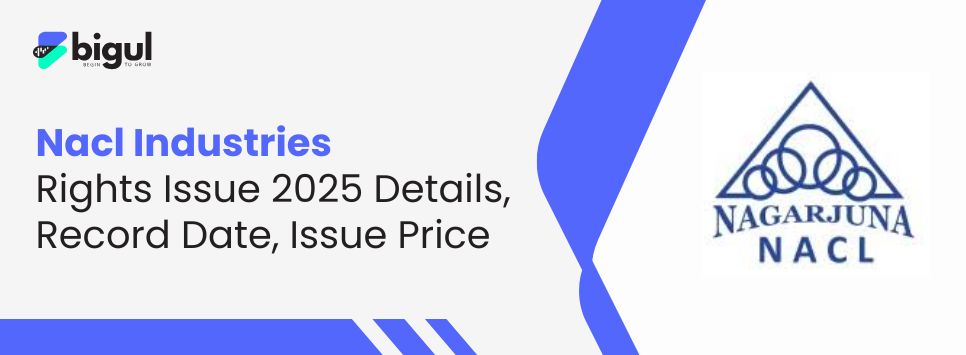
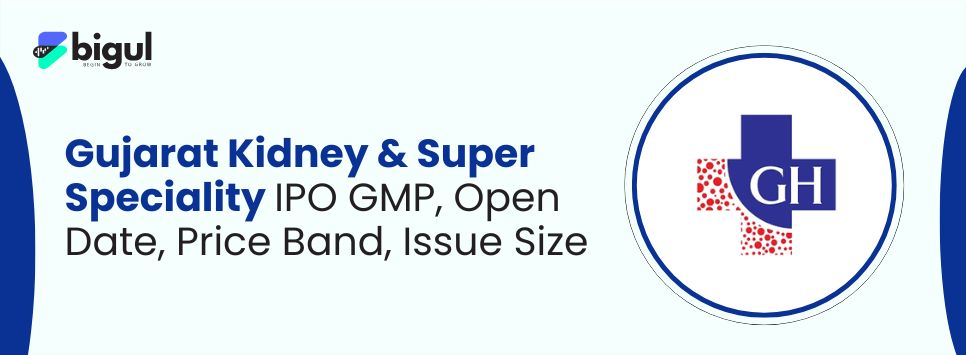
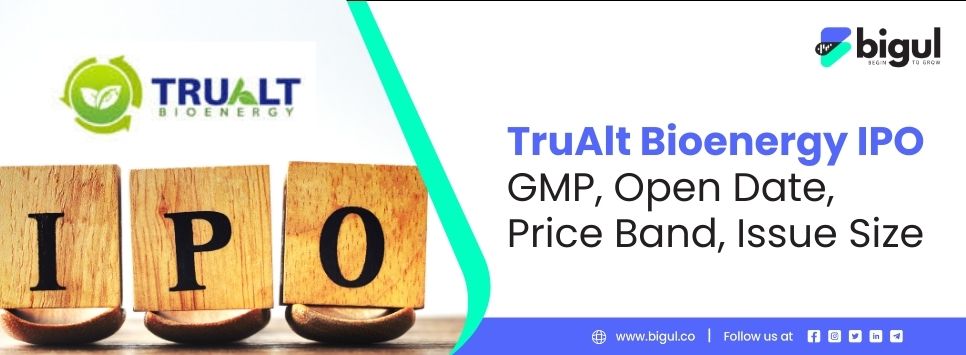
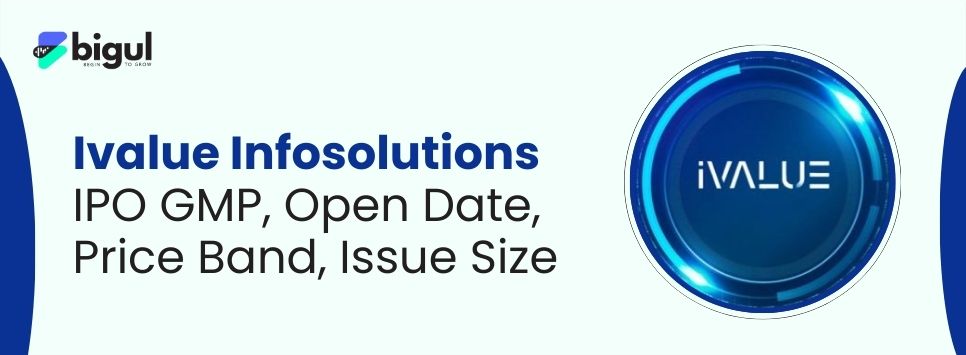
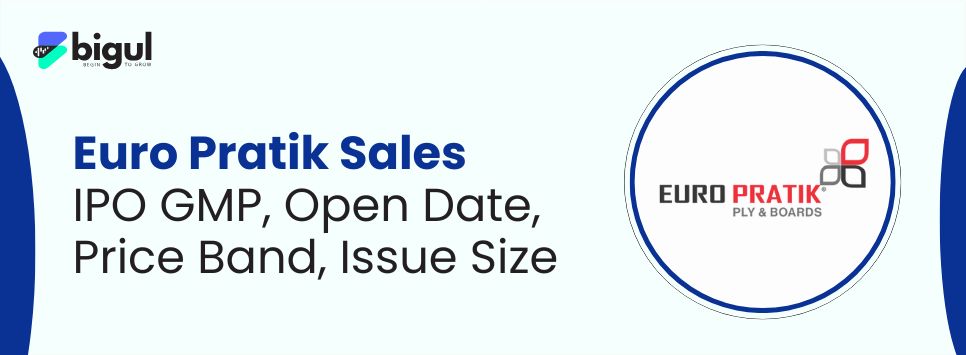
.jpg)
.jpg)
